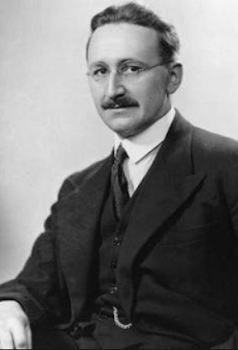Since the 2000s, Federal Reserve officials have been following in the shadow of the Bank of Japan, mimicking its policies to no avail. For reasons we examine in the paper, Federal Reserve officials have largely ignored the Japanese experience. Yet the results of Federal Reserve policy have been disappointing. The bursting of the dot-com bubble was followed by a period of then-extraordinarily low interest rates. Those rates inflated a housing bubble, which also burst, resulting in the Great Recession. The Federal Reserve then engaged in rounds of large-scale asset purchases, or quantitative easing policy (QEP). That was part of a zero interest rate policy (ZIRP).
Like the Japanese experience, the US recovery has been weak by almost any measure. To name just one, the US economy has gone a decade without one year of at least 3 percent real GDP growth. That is a historical record of economic weakness. There are proposals for institutional redesign of the central bank (e.g., Cochrane and Taylor 2016; Fed Oversight Reform and Modernization Act of 2015, H.R. 3189). These discussions and legislative proposals would benefit from considering the Federal Reserve in the shadow of the Bank of Japan. Though not well known, many fundamental issues of Federal Reserve policy and institutional redesign, as well as the political economy of constraints on central bank policy, have been experienced by the Bank of Japan well before they became issues in the United States. In fact, the policy discussion in Japan about central bank policy in the context of other policies has been far more transparent than discussion in the United States. . . .
Hence, the bubble economies in both Japan and the United States have common ground. Both bubbles were the outcome of easy monetary policy in the context of a flawed financial system that directed imprudent lending to specific economic sectors supported by government guarantees and incentives. In both cases, financial regulators and supervisors failed to appreciate the feedback between increasing asset prices and lending. And, in both cases, central bank officials failed to appreciate the interaction between the structural flaws of the financial system and monetary policy.
As long as government financial policy and the structure of the financial system go unchanged, central bank policy errors are amplified. The asset bubbles, their bursting, and the subsequent economic and financial distress illustrate the problems central banks face. When their respective governments use the financial system to pursue industrial and social policies, central banks cannot pursue price stability without inflating asset bubbles. The behavior of spot prices no longer provides reliable information about economic stability (Leijonhufvud 2007).
—Thomas F. Cargill and Gerald P. O’Driscoll Jr., “The Federal Reserve in the Shadow of the Bank of Japan,” Journal of Private Enterprise 33, no. 1 (Spring 2018): 47-48, 53.






